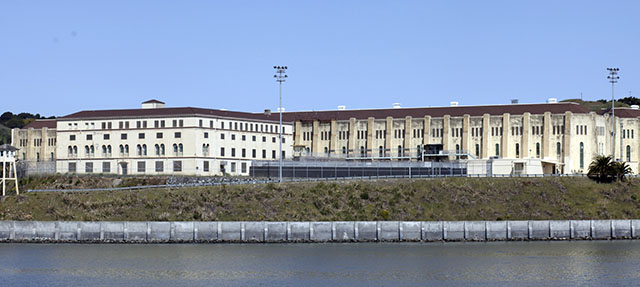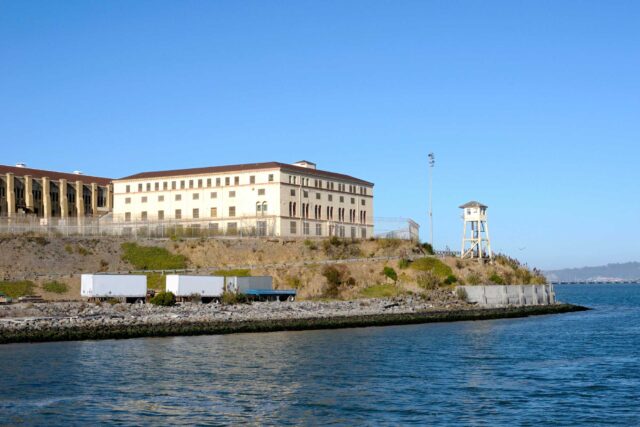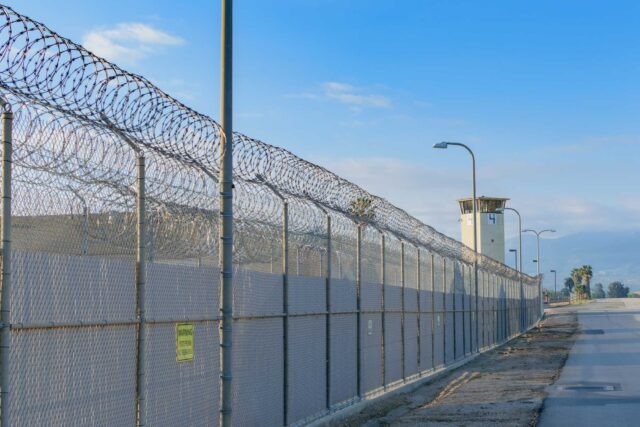In California, 24 prisons housing more than 65,000 inmates sit within five miles of fire hazard zones. Evacuating one or more prisons may prove difficult during the pandemic, given how quickly COVID-19 can spread through crowded facilities. In light of these challenges, understanding how California Department of Corrections and Rehabilitation (CDCR) can prepare for wildfires is a vital step toward outlining a strategic response.
In August, fire forced the emergency evacuation of four Oregon prisons. When Vacaville residents fled California’s LNU Lighting Complex fire, prison officials at nearby Solano and California Medical Facility (CMF) opted against moving prisoners. While California’s decision avoided the overcrowding that followed the Oregon evacuations, the decision also raised concerns about the health and safety of prisoners and prison workers in an active fire zone.
One way to assess the threat wildfires may pose to California’s prisoners and prison staff is to determine prisons’ proximity to fire hazard severity zones (FHSZ), which are areas at heightened risk of fire because of weather, terrain, and vegetation. These zones are managed by the California Department of Forestry and Fire Protection (CAL FIRE).
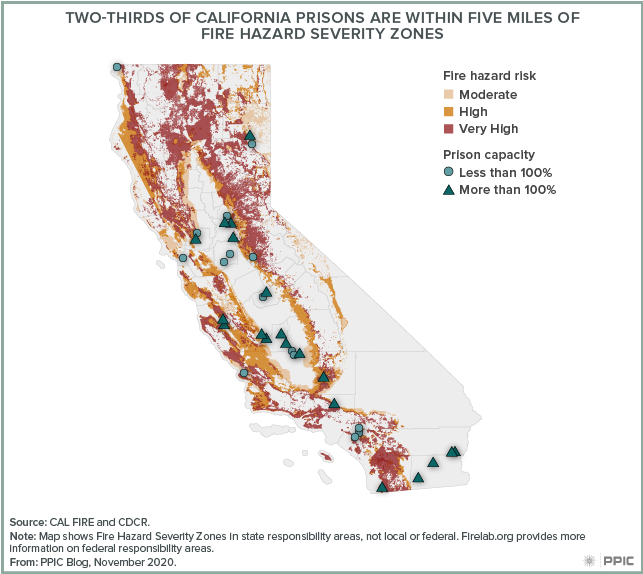
Although one-third of prisons are at least 10 miles from fire zones, the other two-thirds are near or inside them. Six prisons lie in close proximity to high or very high risk zones. A fire that threatens one or more prisons, as in Vacaville this summer, may alter prison operations. The four prisons inside fire zones—including those in San Diego, San Quentin, and the Sierra foothills—serve key functions in the prison system, including providing mental health and medical treatment, housing death row inmates, and training inmate firefighters.
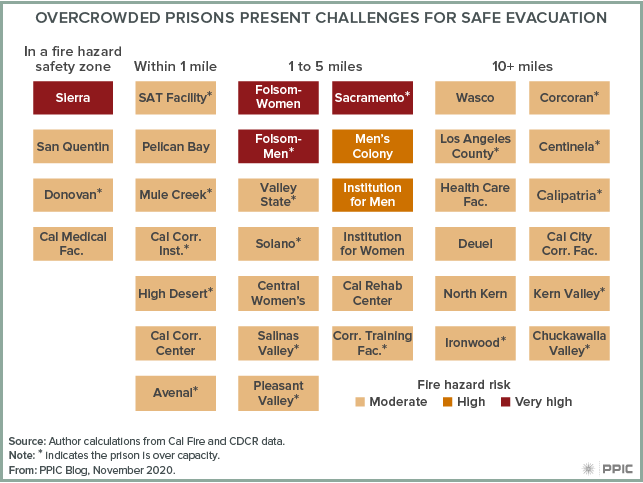
If wildfire threats prompted prison evacuations, relocating inmates to other prisons could prove challenging. Current overcrowding in 20 prisons may complicate evacuation, particularly if neighboring prisons need to evacuate simultaneously. While steps to minimize virus transmission can protect prisoners and prison workers during transport, doubling or more than doubling a prison’s population—even temporarily—is a precarious undertaking as COVID-19 continues to claim prisoners’ lives.
Where fire evacuees should go is also a significant question. Prisoners could move to the closest facility not immediately threatened by wildfire, perhaps those about 50 miles away. But some prisons might not be appropriate for fire evacuees. For instance, the six prisons that are within five miles of high or very high FHSZ could themselves be threatened during increasingly intense wildfire seasons.
The pandemic raises further concerns about which prisons can host fire evacuees. Incoming prisoners exposed to COVID-19 in their home facilities could endanger inmates in host prisons, particularly in medical facilities. Similarly, prisons with large coronavirus outbreaks make undesirable hosts. Three prisons, including one close to a high risk FHSZ near San Luis Obispo, are between 50 and 60 miles from Avenal, which has experienced the largest prison outbreak in the nation.
The past year has brought ever-deepening challenges for California’s prisons. As COVID-19 continues to endanger the health of prisoners and prison workers, the risk of wildfires can intensify these challenges and points to the need for definitive plans to help prisons evacuate safely.





